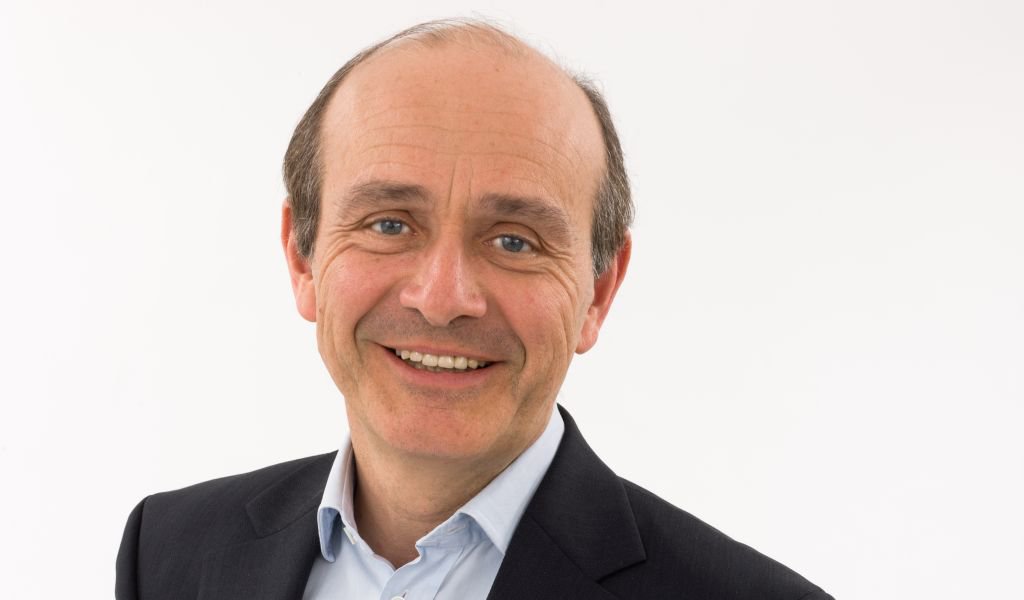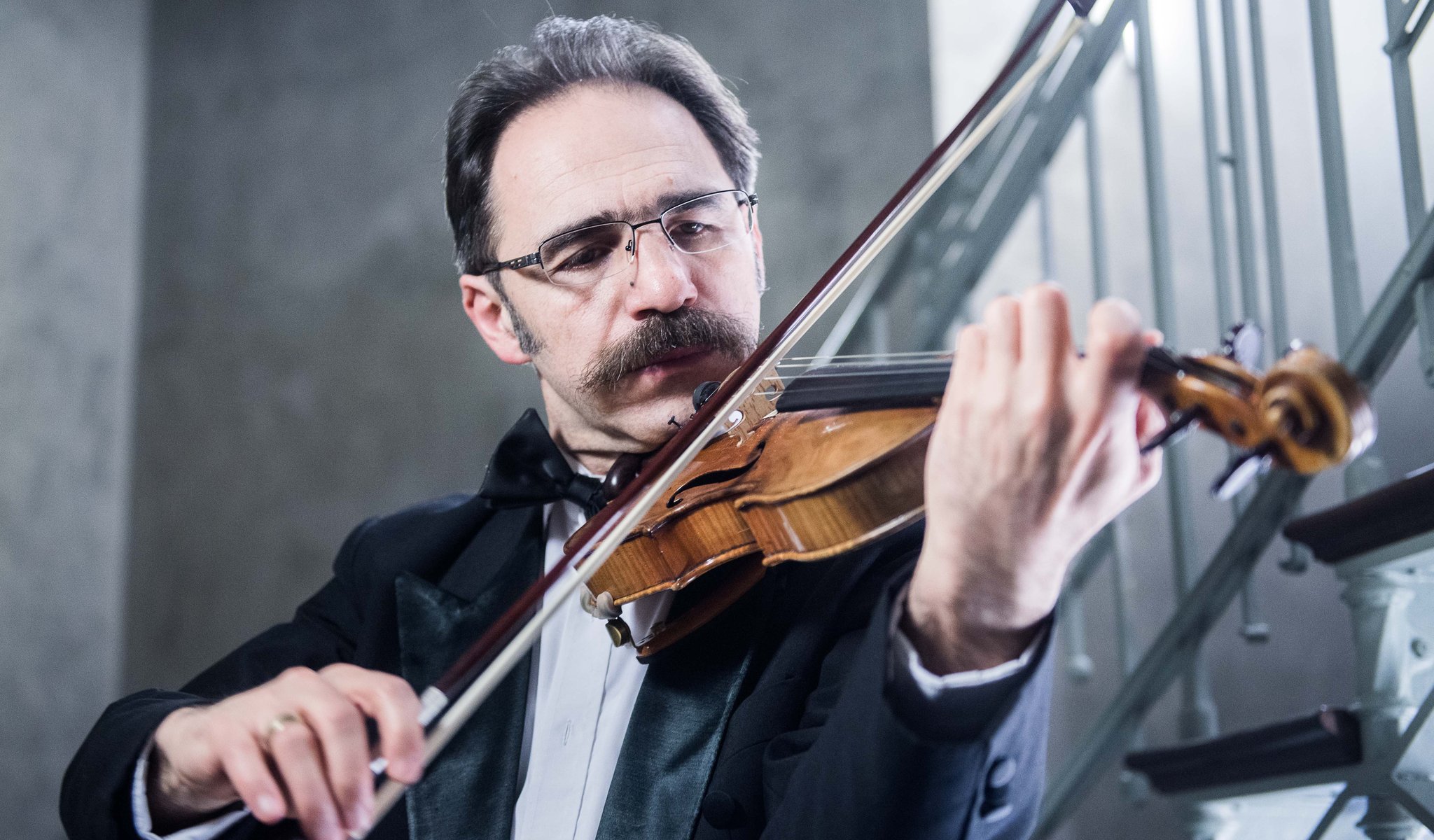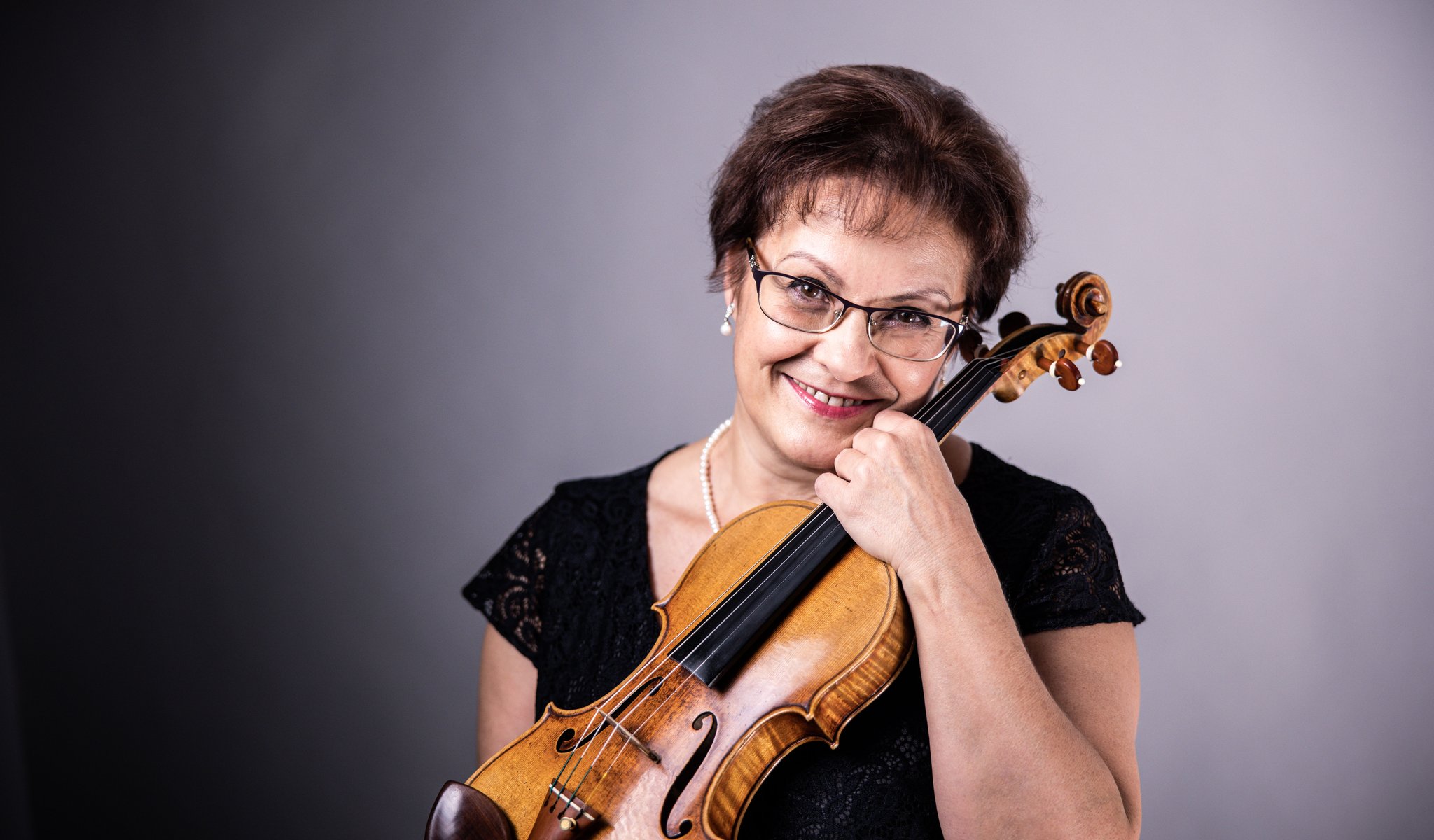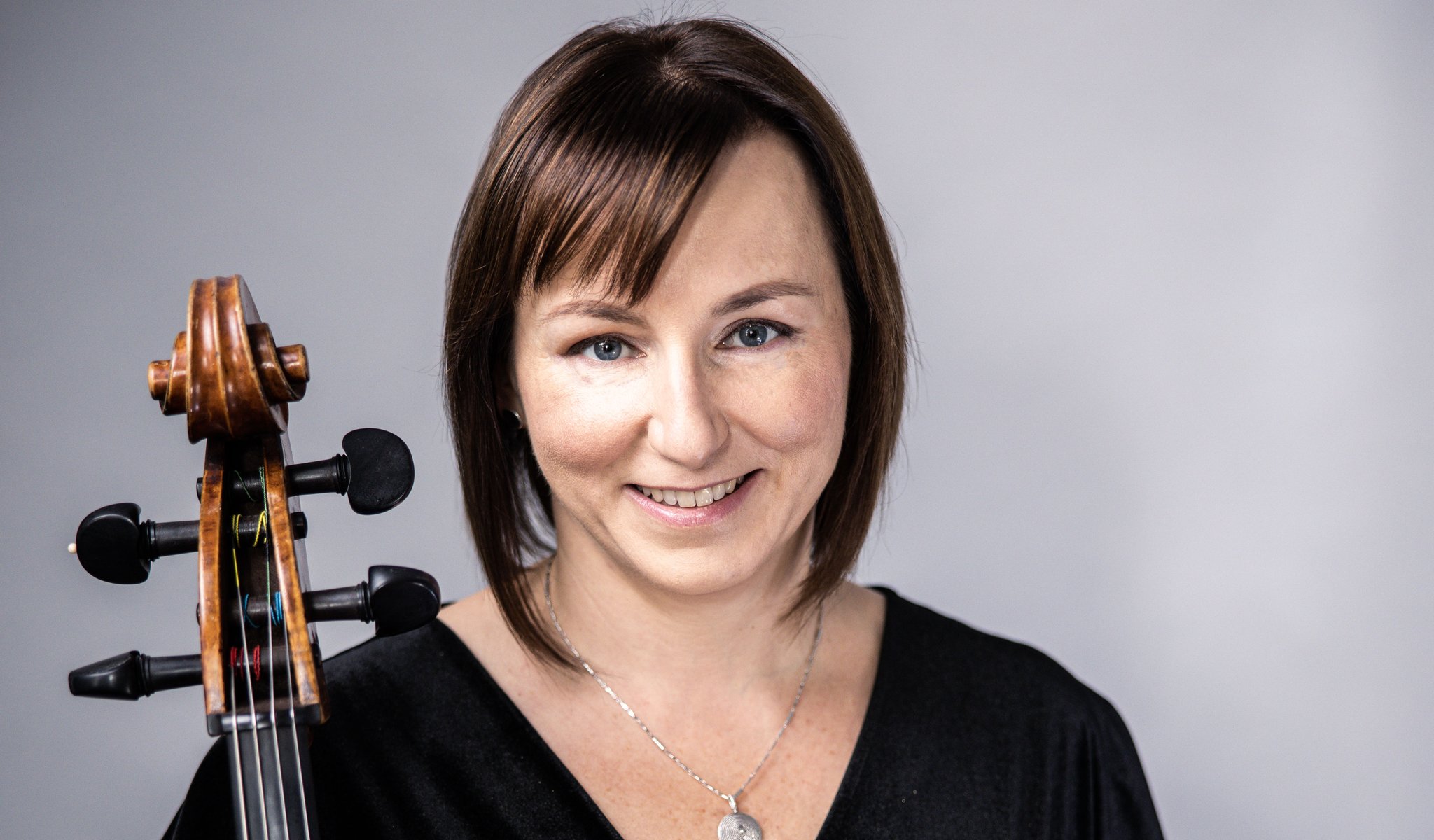



Program
Featuring
Other information
Season tickets
- CLASSY CONCERTS SPRING
- ORMÁNDY
The event is about 2.5 hours long.
About the event
Gábor Takács-Nagy’s Haydn–Mozart series, which has been running with great success for years, now incorporates works by less frequently played composers. Each piece being an odd-man-out in its own right, they are still attached to each other on many counts, primarily because of the dominating D tonality and because of the outstanding role of soloists. The strongest link between the composers is that all four of them were excellent instrumentalists. They wrote a number of their works for themselves, perfectly mastering, and pushing to the limits the attributes of their respective instruments. They should also be appreciated for their several technical innovations. After Mozart’s nimble divertimento comes the most successful composition by the Polish violin virtuoso Wieniawski. Following the intermission, Spohr’s double concerto-like, single-movement piece is followed by a scintillating Haydn symphony. All this is on offer with the orchestra led by a conductor specializing in Haydn and Mozart.
A divertimento is similar to a serenade but was typically played by a smaller ensemble and was usually performed indoors. The genre’s dependence on soloists is striking, even if two or more musicians play the parts. Mozart’s piece from 1773 in D major, scored for violin, viola, bassoon, double-bass and two French horns, consists of five movements. The first movement begins with an unusually melancholic slow introduction; two Minuets brace an intimate slow movement for string trio and the piece ends with variational Finale.
Shall I compose something popular or something long-lasting? – that is a dilemma for all virtuoso composers. Henryk Wieniawski managed to combine the two in his Violin Concerto No. 2, premiered in 1862: he retained all the impressive technical passages that pleased the audience, but also achieved a profundity that wasn’t typical of the bravura pieces of the day. A veiled melody launches the first movement, transforming attacca into a singing romance. The third movement, together with recapitulating earlier themes and its “à la Zingara” expression instruction, lends an impressive Finale to the concerto that the soloist István Kádár, four times winner of the Sándor Végh Competition, first performed aged 13.
The regularly held BFO home competition bearing Sándor Végh’s name saw violinist Mária Gál-Tamási win several times. She and cellist Gabriella Liptai play the solo parts of an undeservedly seldom performed concertante. Besides being one of the most respected violinists of his time, Spohr achieved the same success as a composer. The soloists sang the entire piece, composed in 1803, as an operatic duet from its hymnic overture to its dancing middle section to the overwhelming finale.
Is it possible to die from Haydn’s music? As reported by the composer, a Protestant priest fell into profound melancholy on hearing the slow movement of Symphony No. 75 because he had dreamt the previous night that this piece would be a premonition of his death. A month later, Haydn learned that the priest had died. Nevertheless, this symphony is more full of life than death. The opening movement is based on a cheerful rising motif, the slow movement is a colorful series of variations and no minuet of Haydn could ever be called gloomy! Furthermore, the finale is one of his wittiest movements, with sudden pauses, unpredictable changes of direction and a whispered coda that contains a surprise.
Did you know? Mozart composed his Divertimento in D major in 1773, Wieniawski's Violin Concerto No. 2 was premiered in St Petersburg on 27 November 1862, with the composer's solo and Anton Rubinstein conducting, Spohr's Concertante in C major was written in 1803 and Haydn's 70th Symphony was premiered in Eszterháza on 18 December 1779. The Festival Orchestra last performed the Divertimento on 10 June 2012 in Fehérvárcsurgó (concertmaster: Zsolt Szefcsik), and Haydn's Symphony on 13 June 1998 (concertmaster: Péter Szüts), and is performing the other two pieces for the first time.
Contemporary events On 16 December 1773, the so-called "Boston Tea Party" took place, which set the signal for a general uprising against the British and contributed to the outbreak of the American War of Independence in 1775 / Spanish painter Francisco de Goya painted his picture of Saint Barbara in 1773 / on 29 November 1862, Giuseppe Verdi's opera The Power of Fate was premiered in St Petersburg / French writer Gustave Flaubert's novel Salammbô was published in 1862 / on 30 April 1803, the United States of America bought Louisiana from France for 68 million francs / Joseph Haydn conducted The Seven Last Words of Our Savior on the Cross at his last public concert on 26 December 1803 / On 18 May 1779, Christoph Willibald Gluck's opera Iphigenia in Tauris was premiered in Paris.
